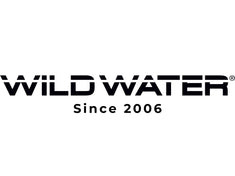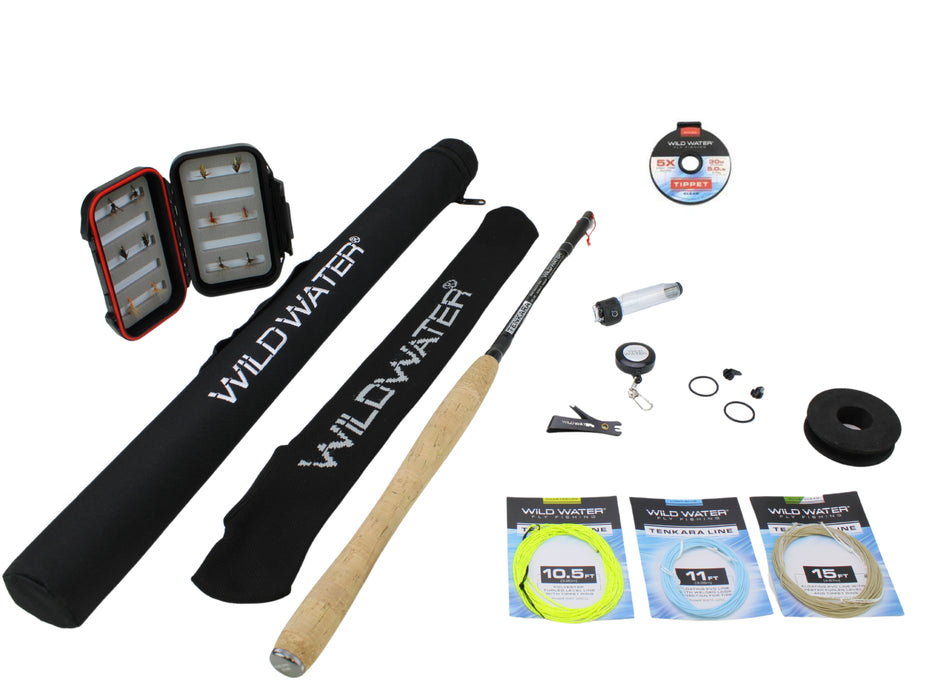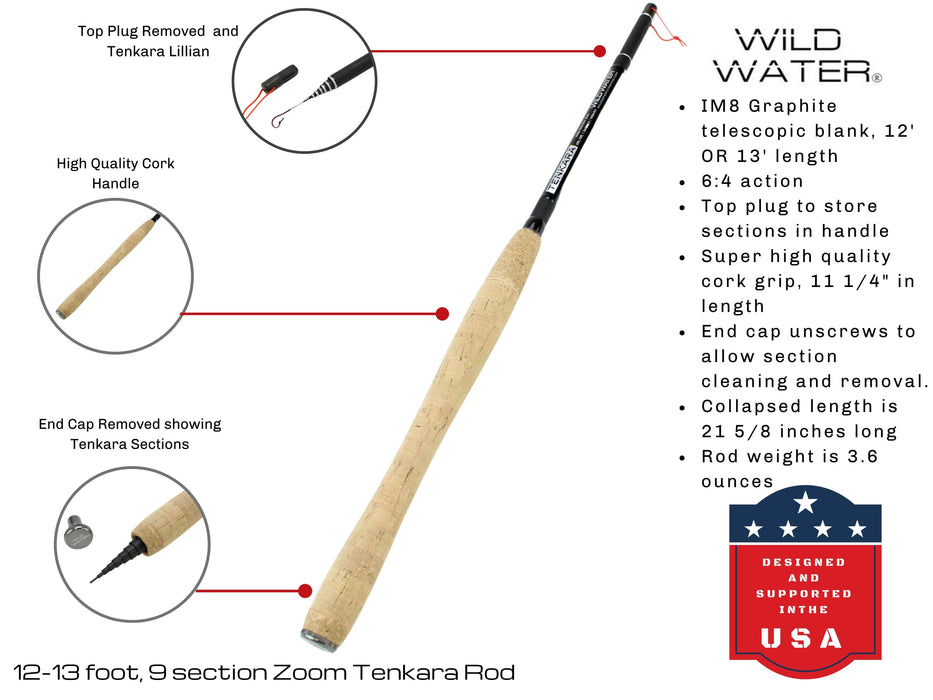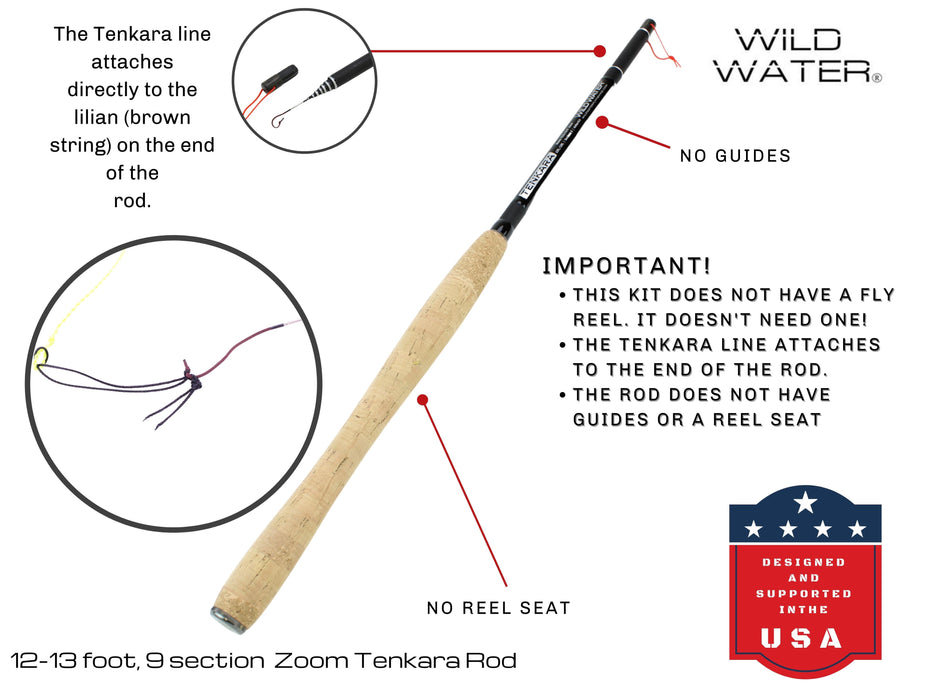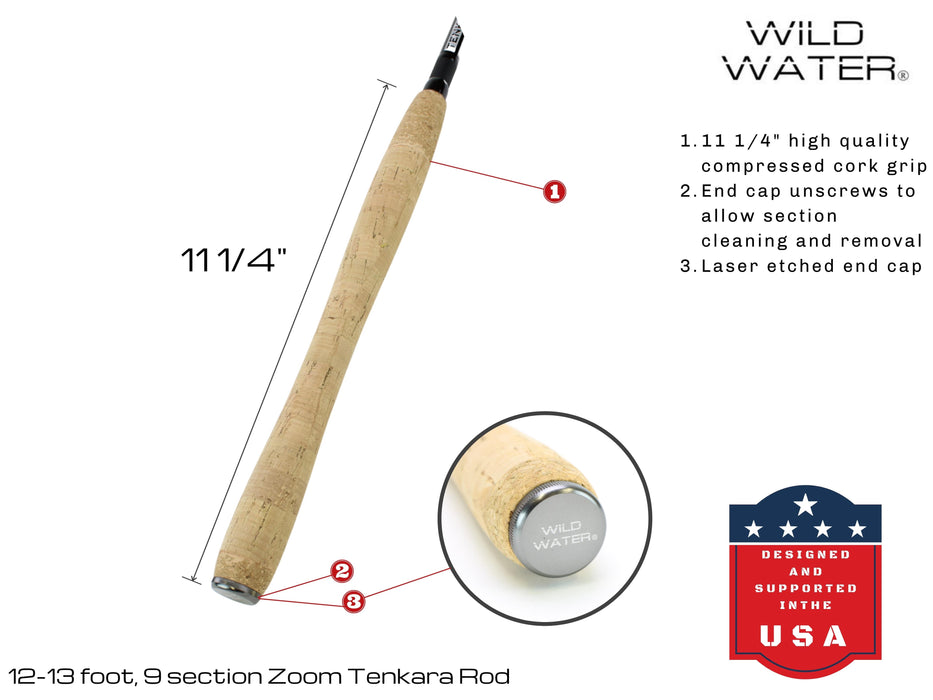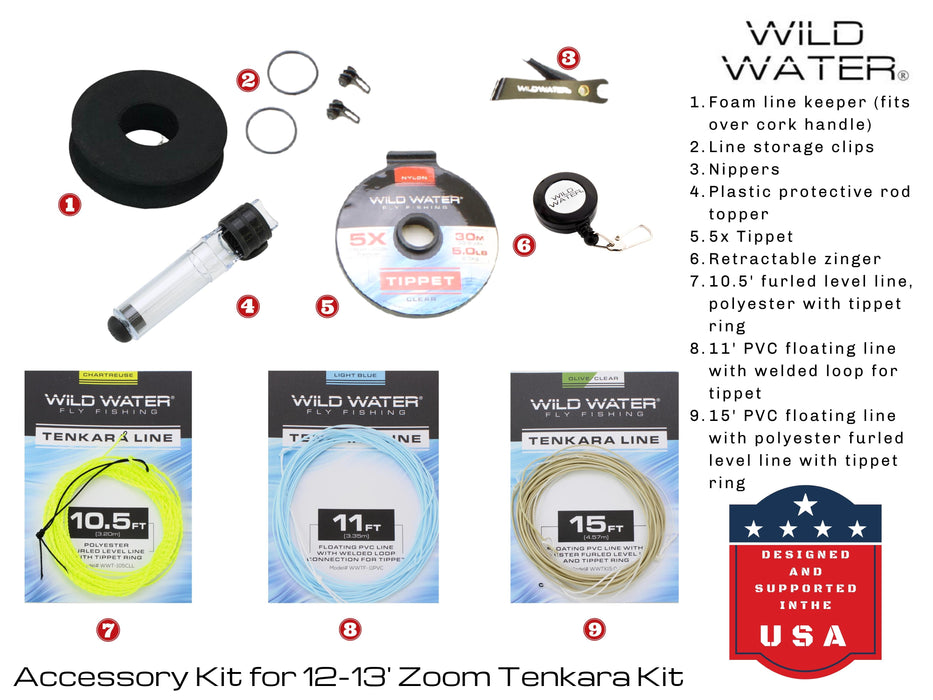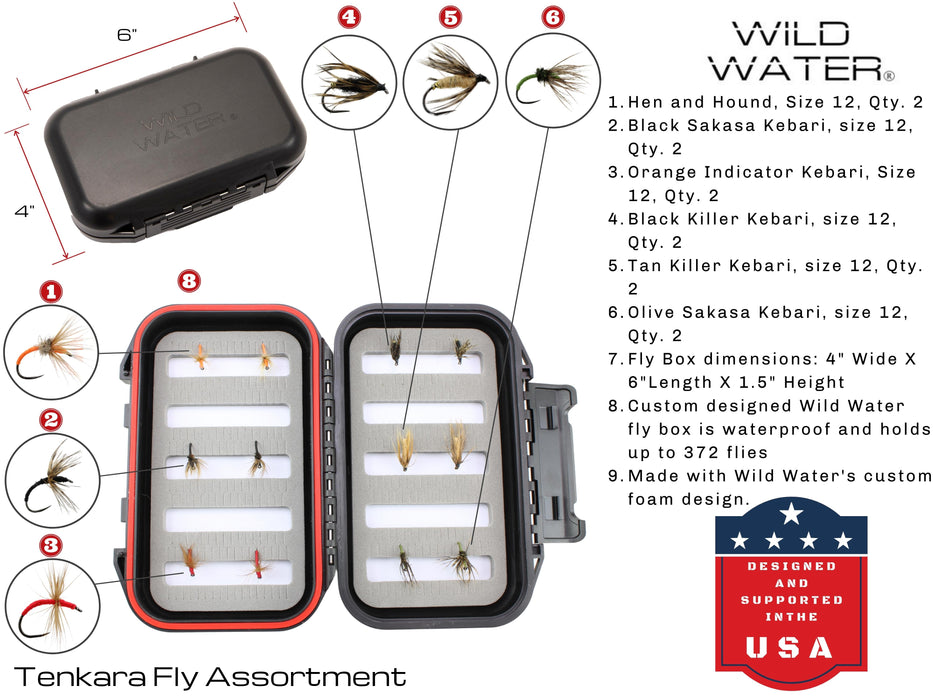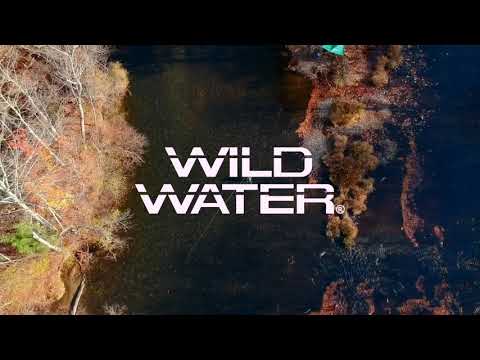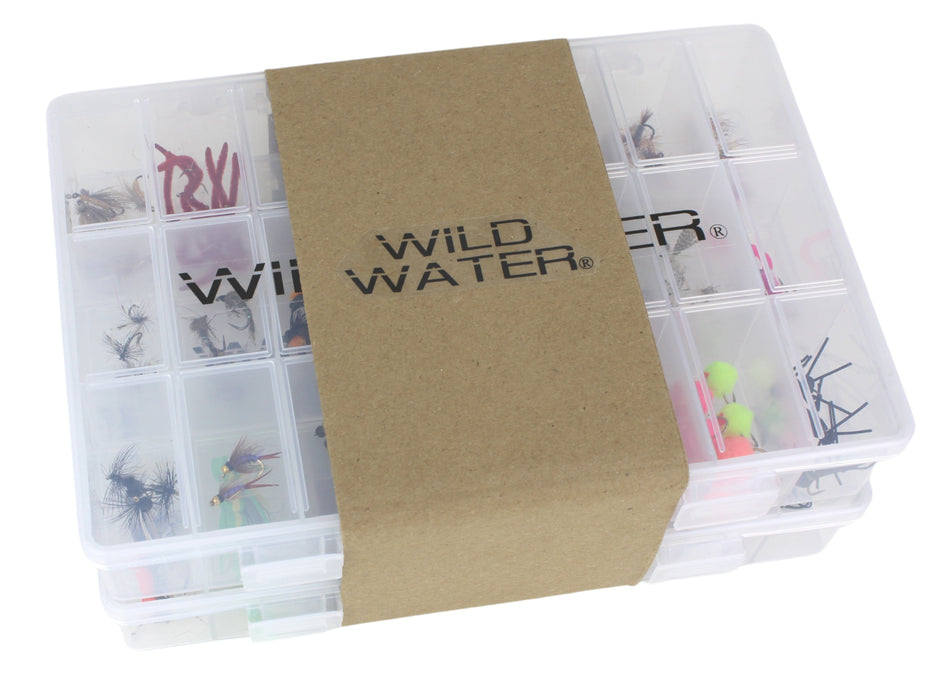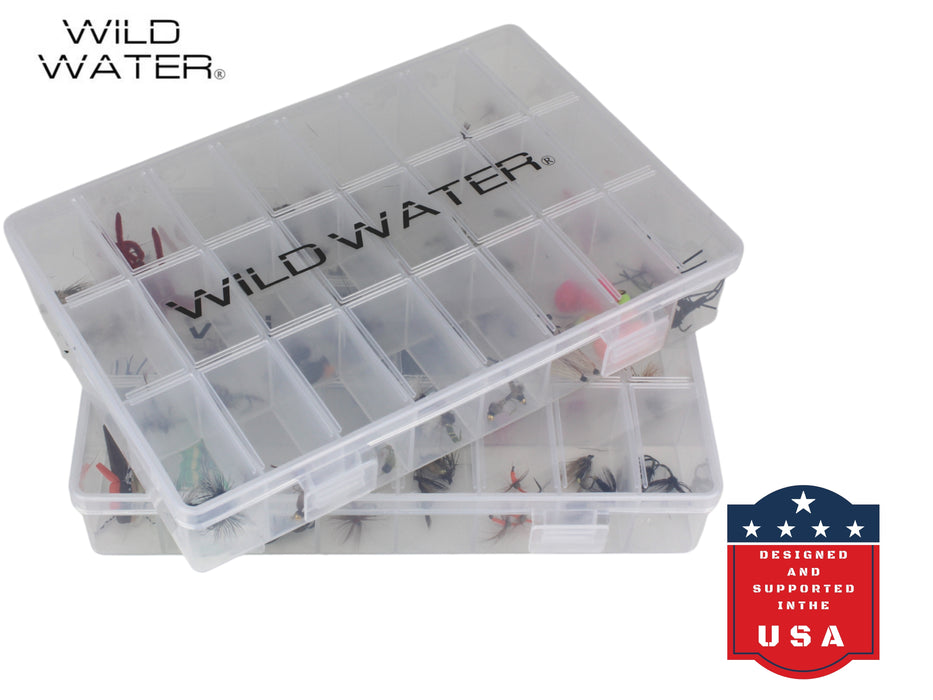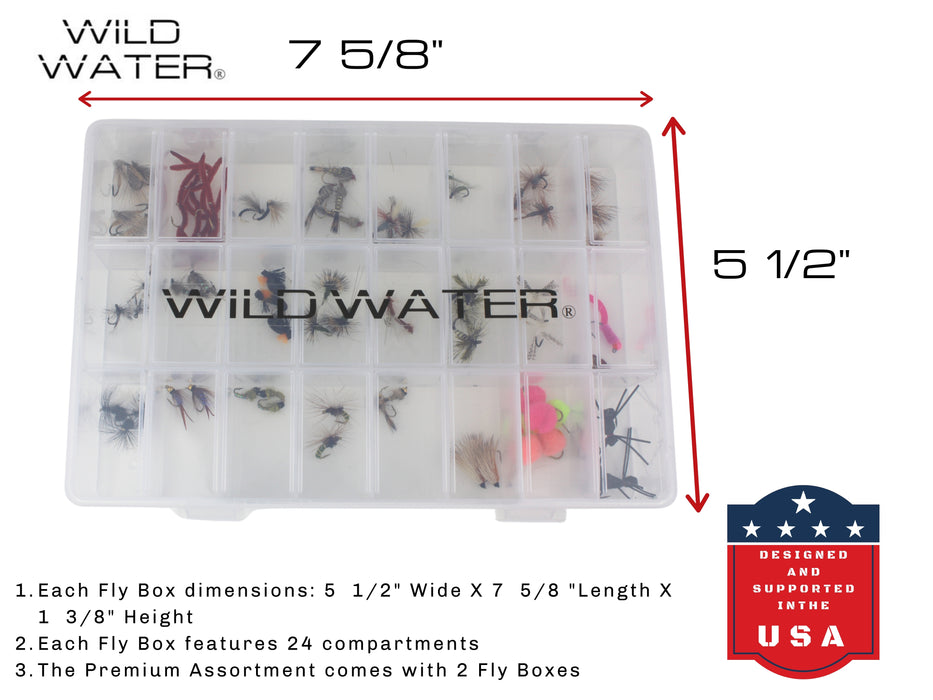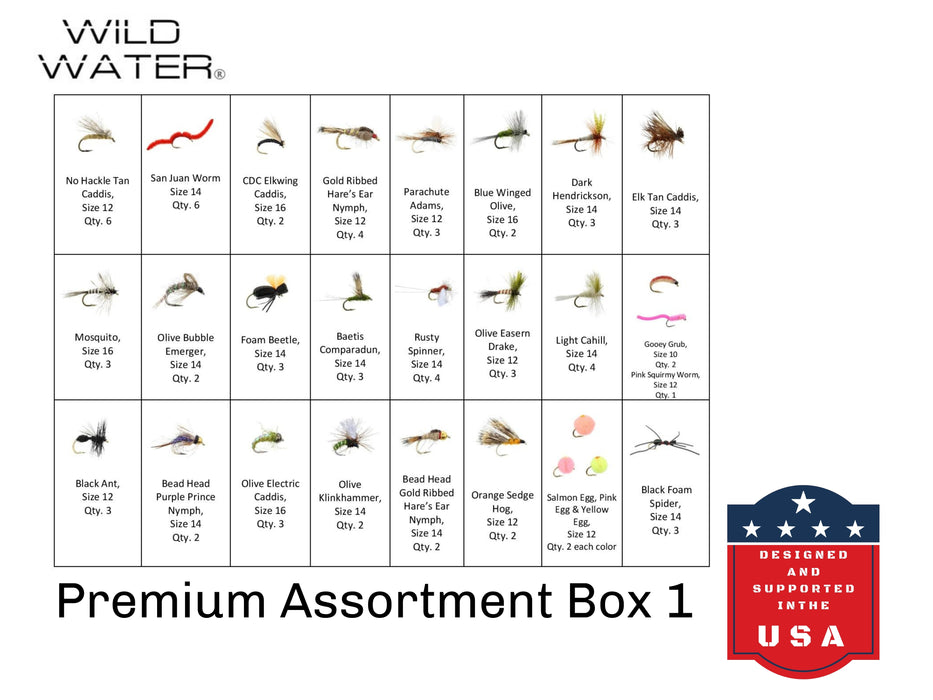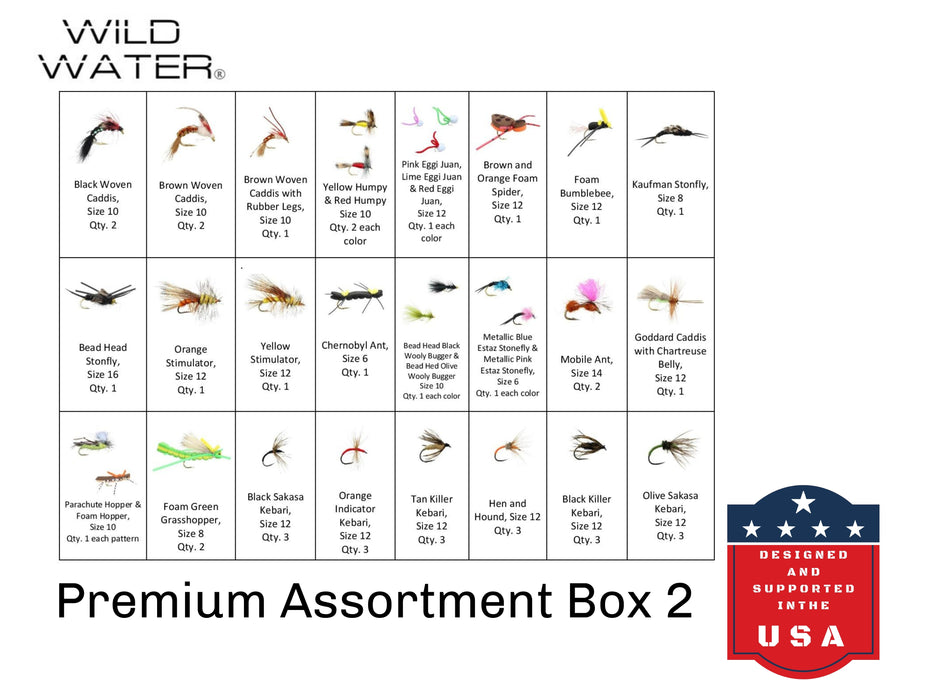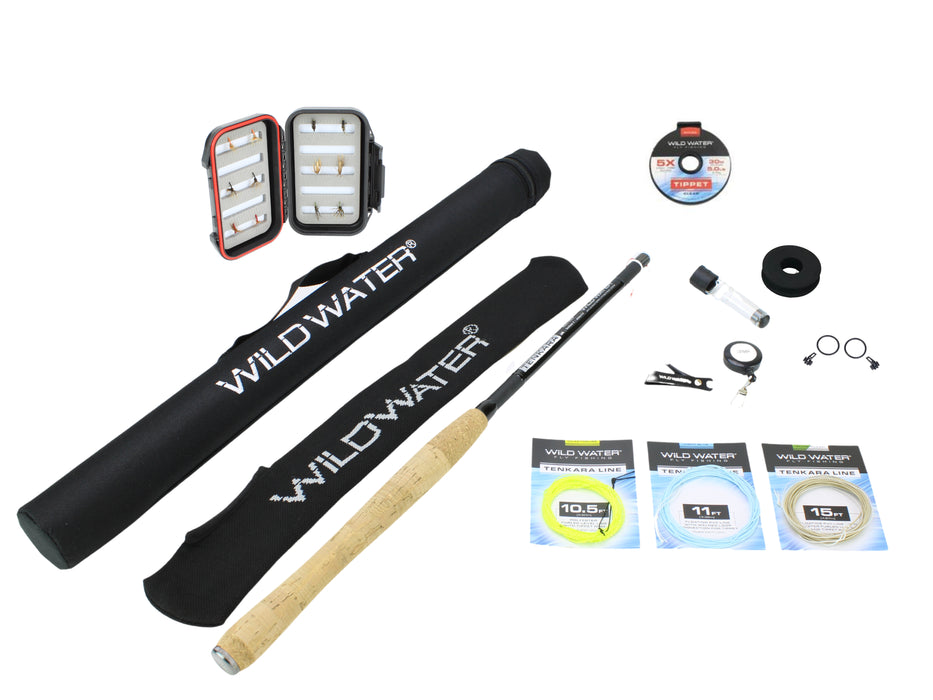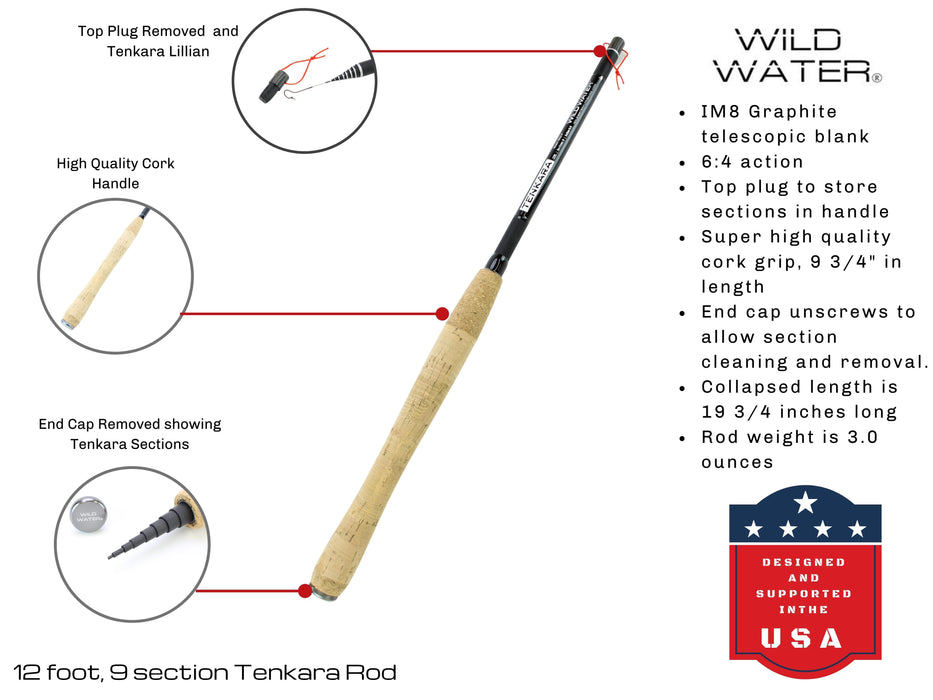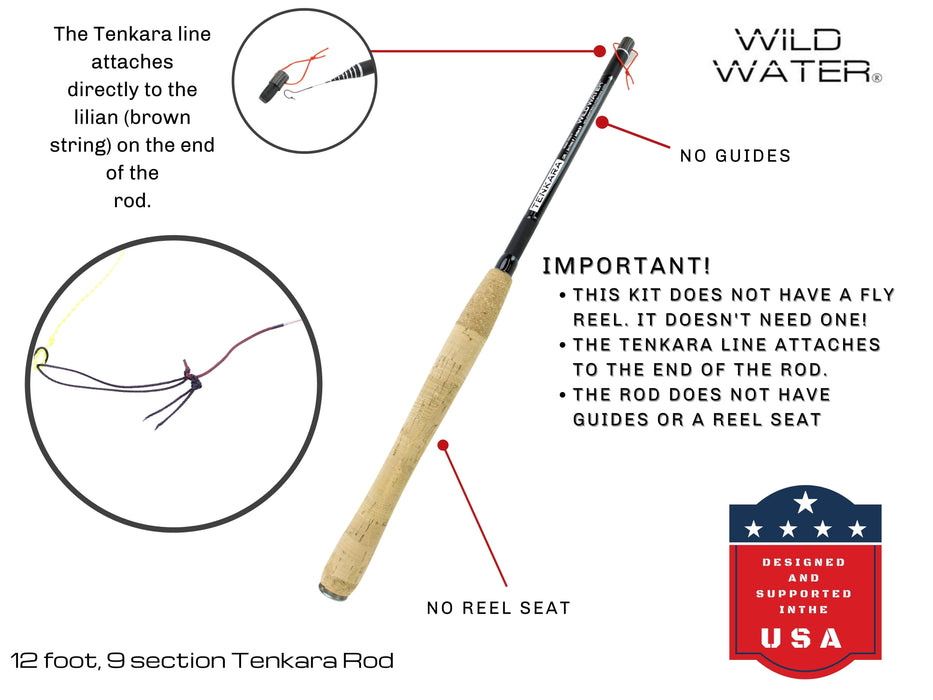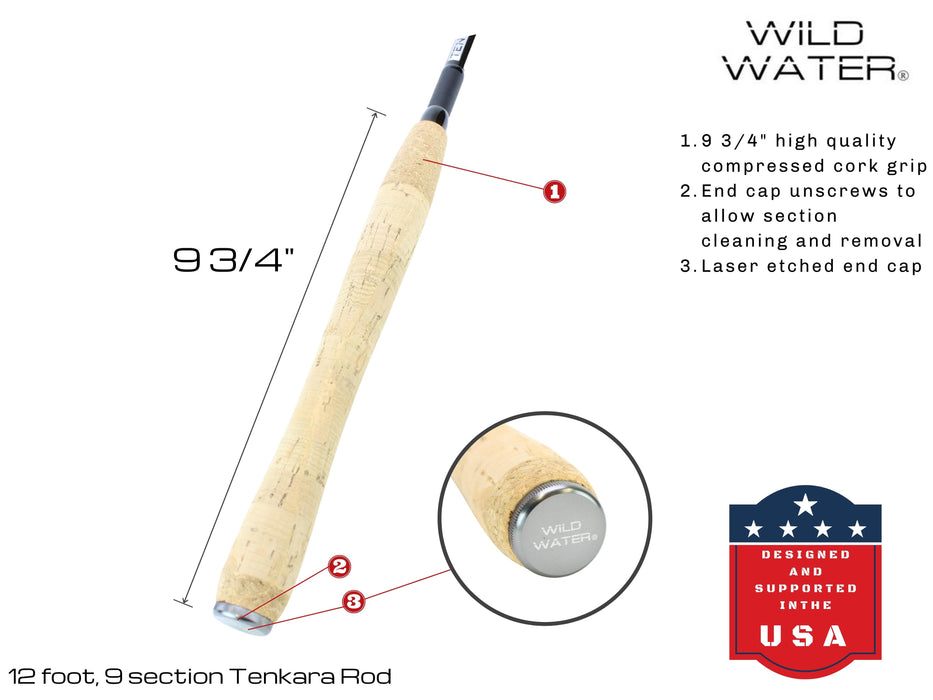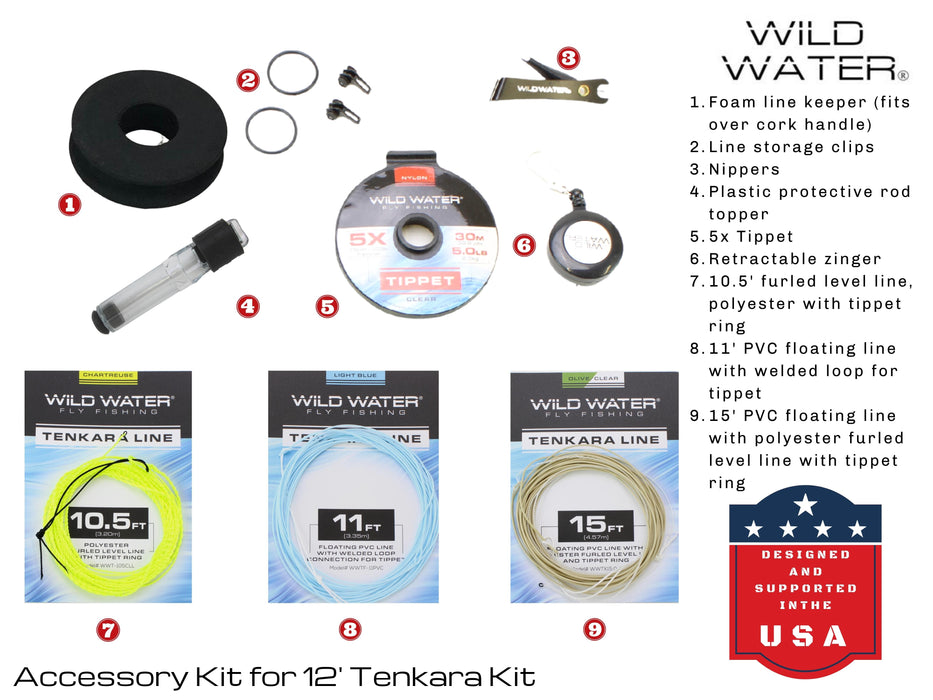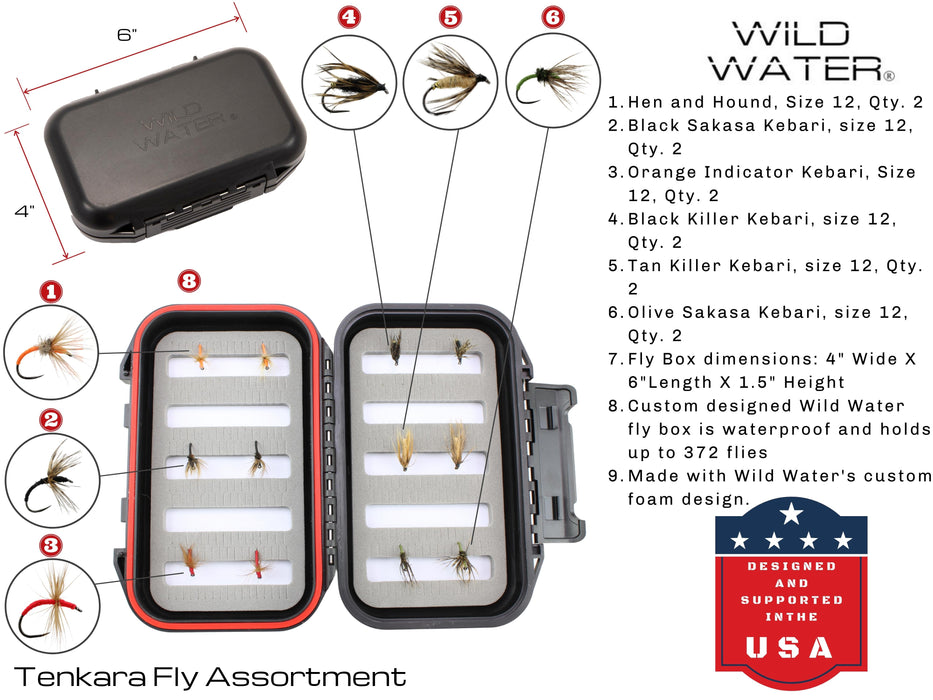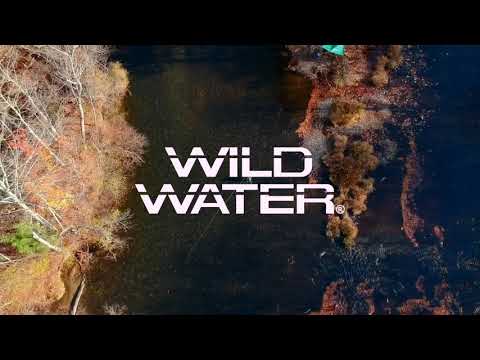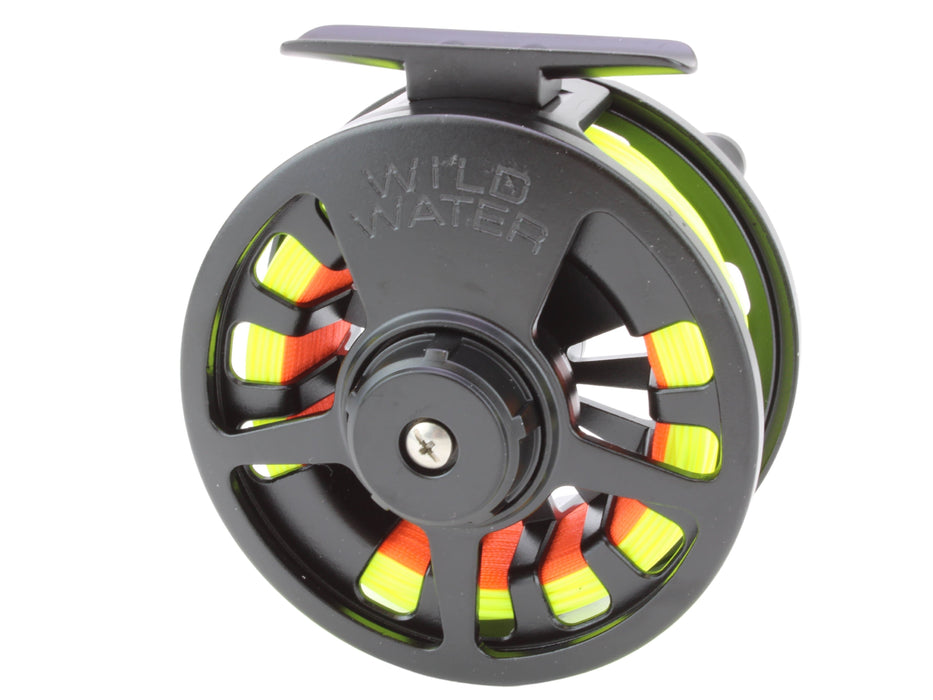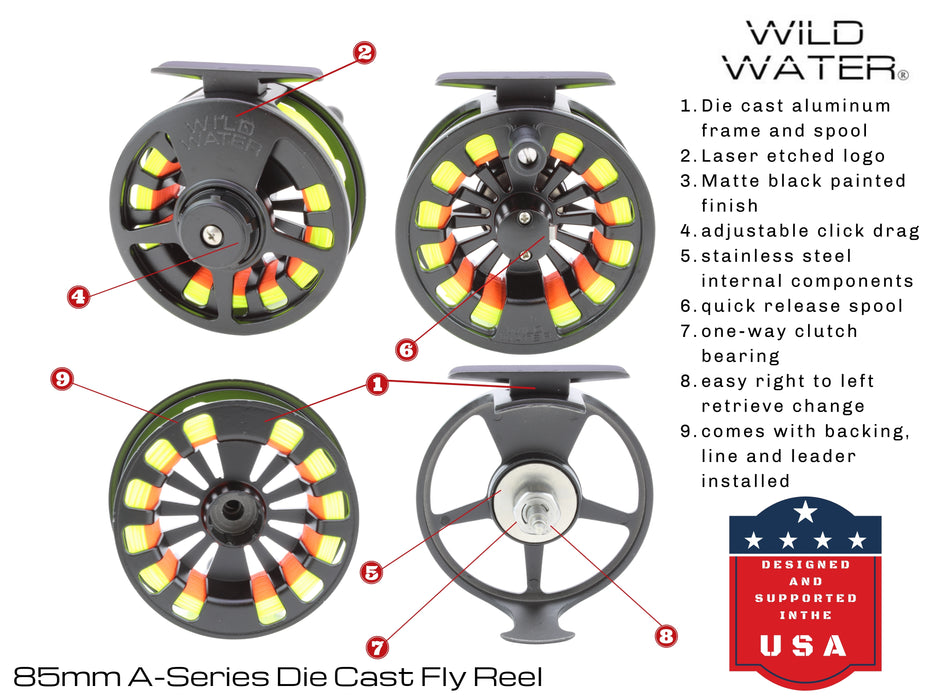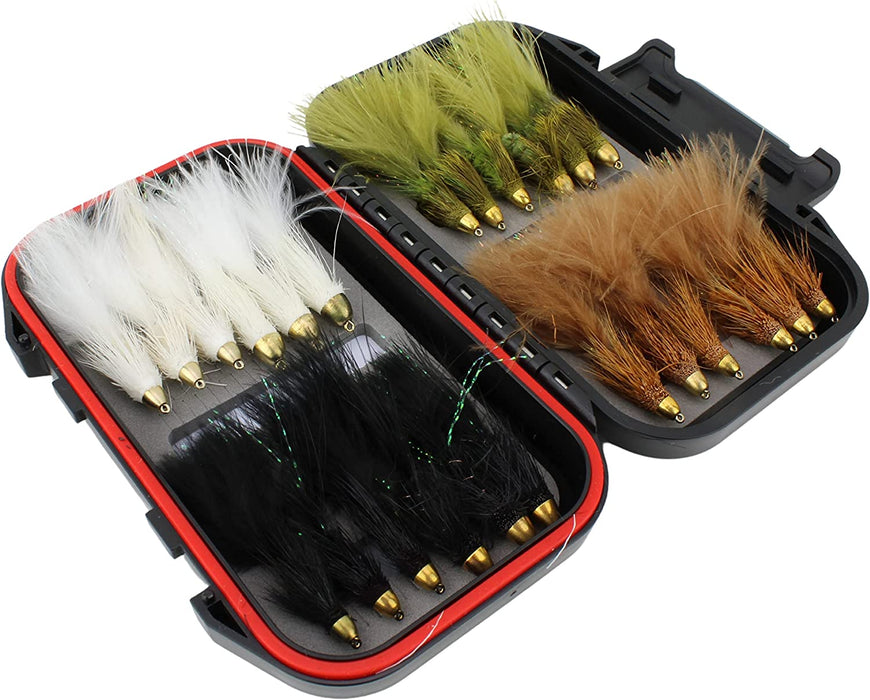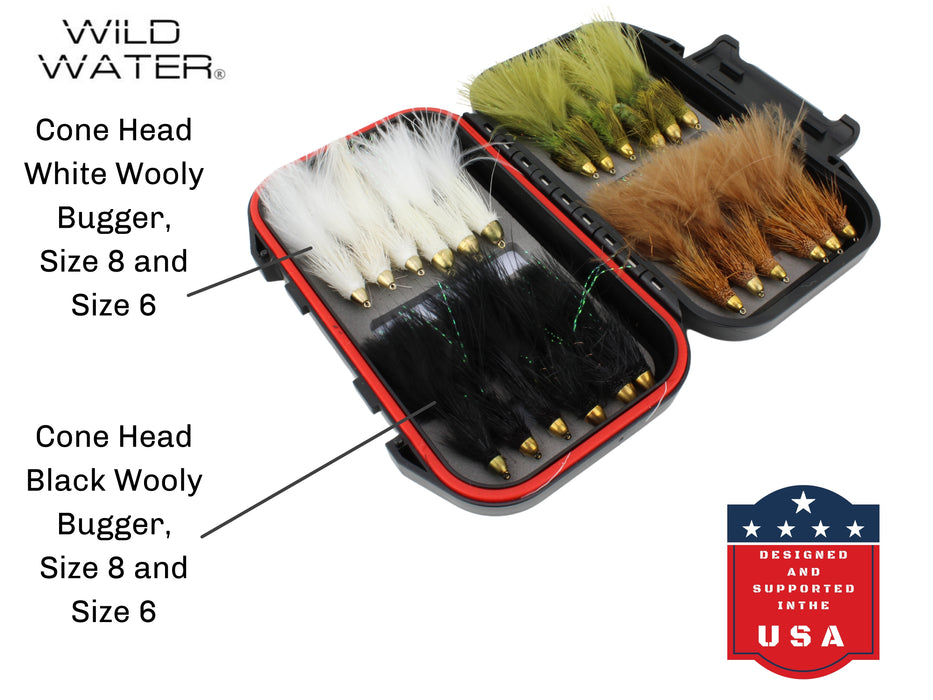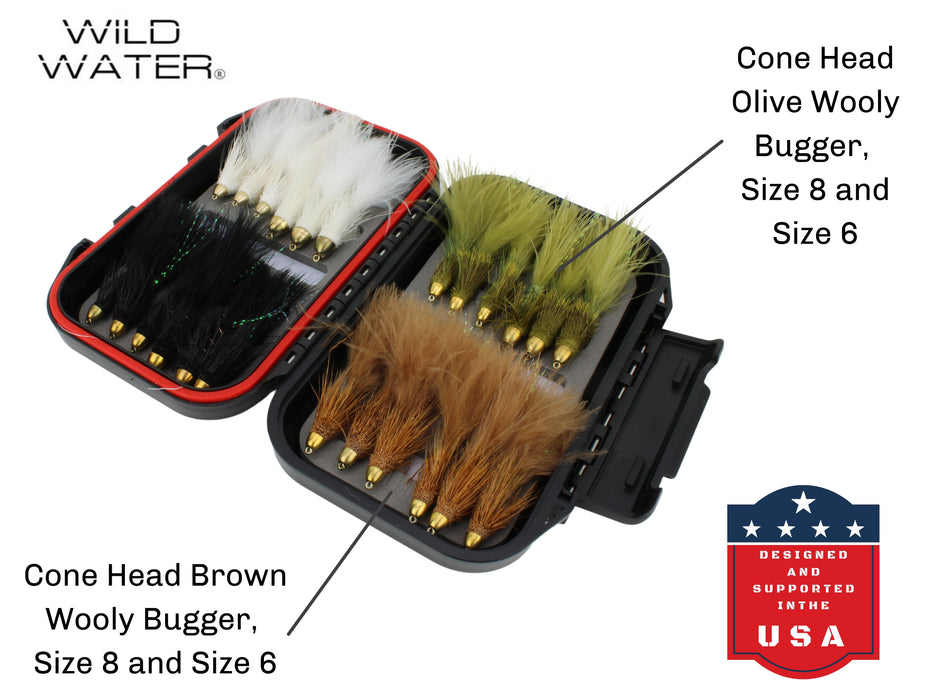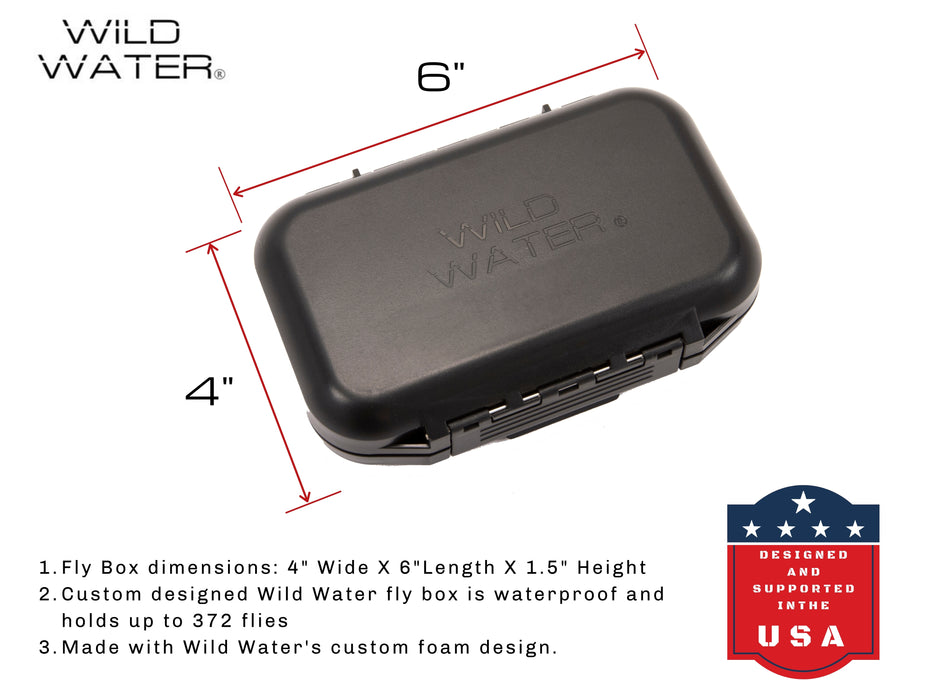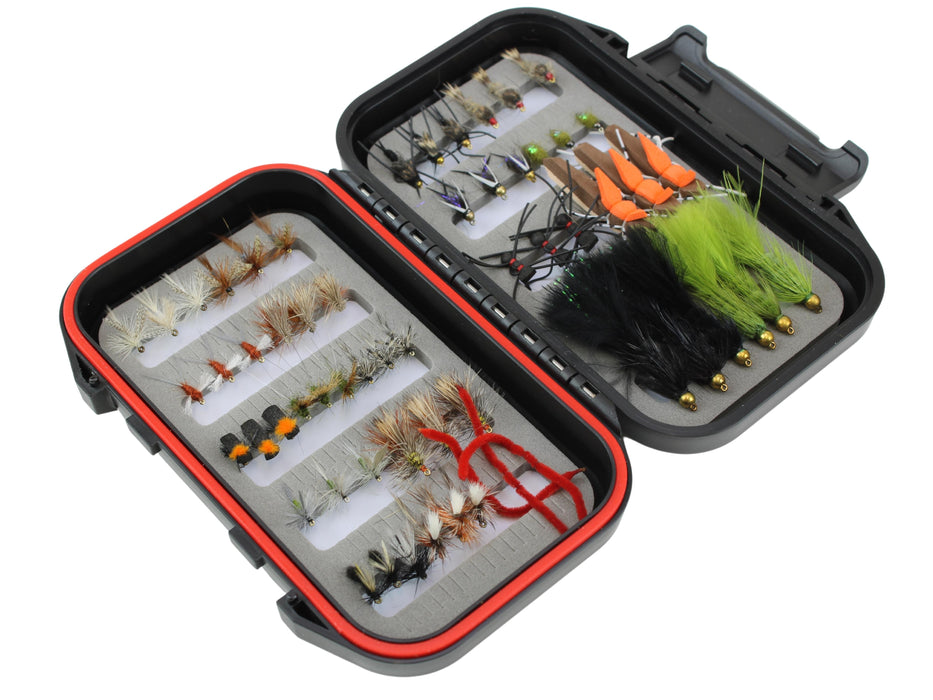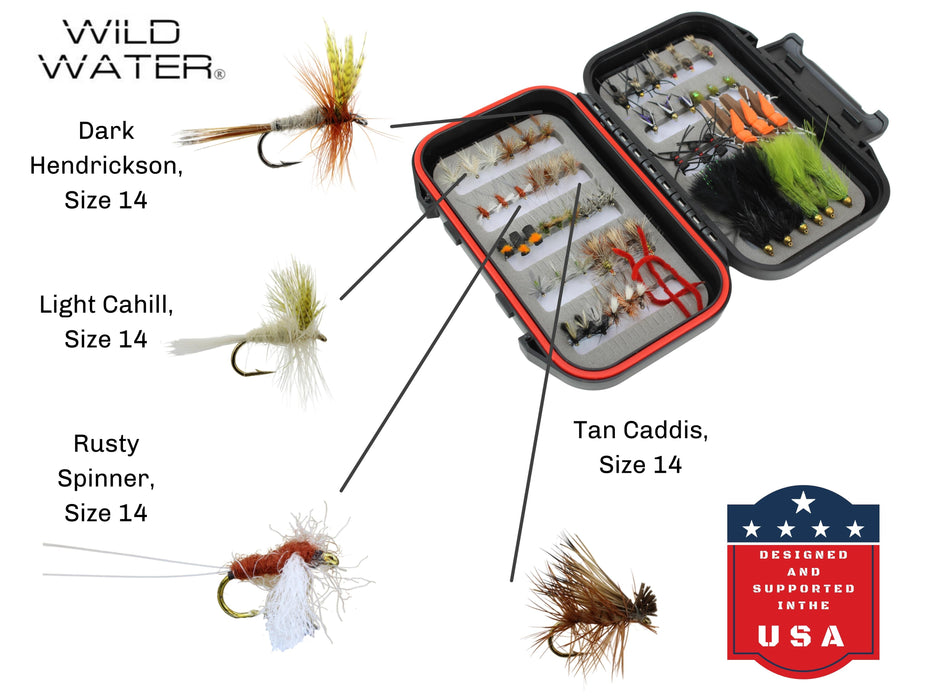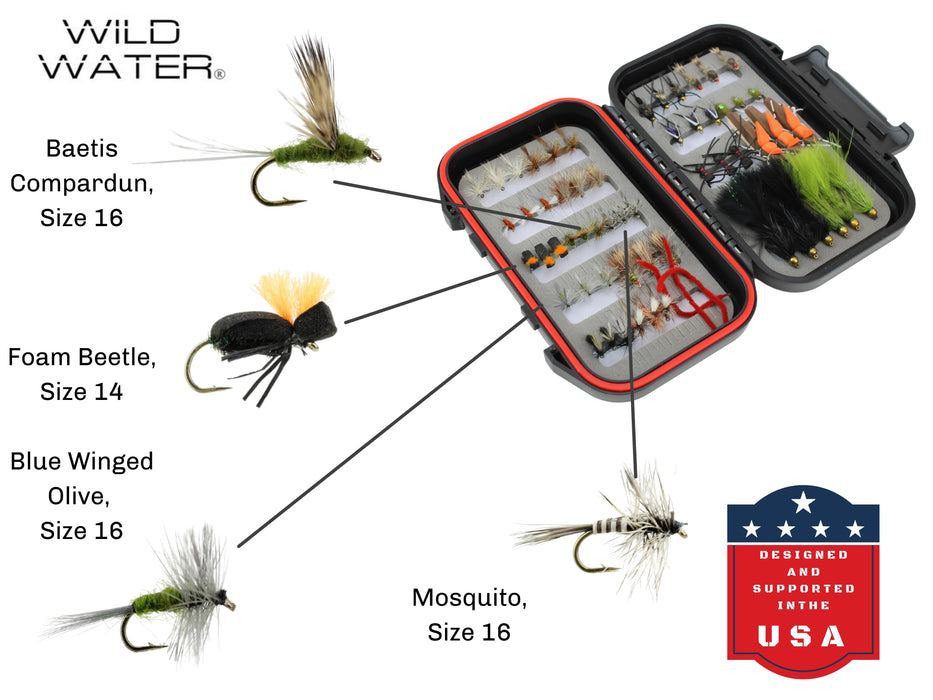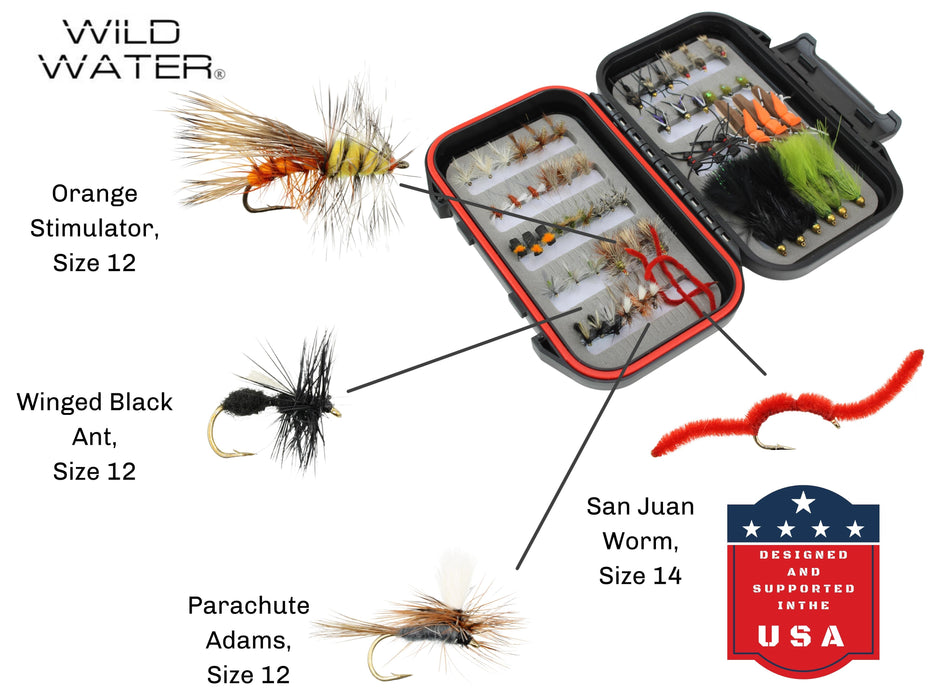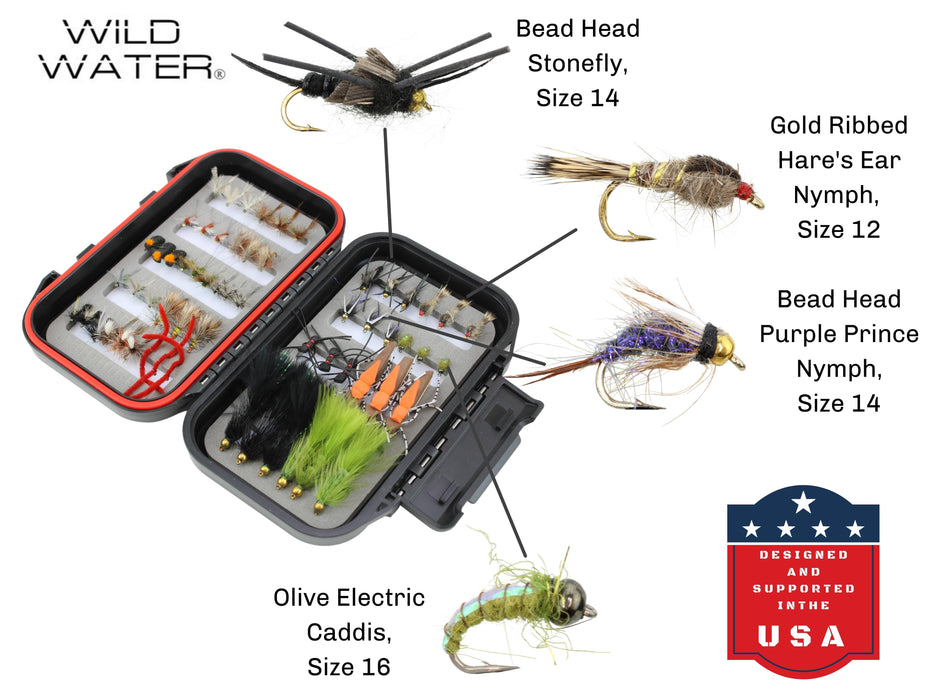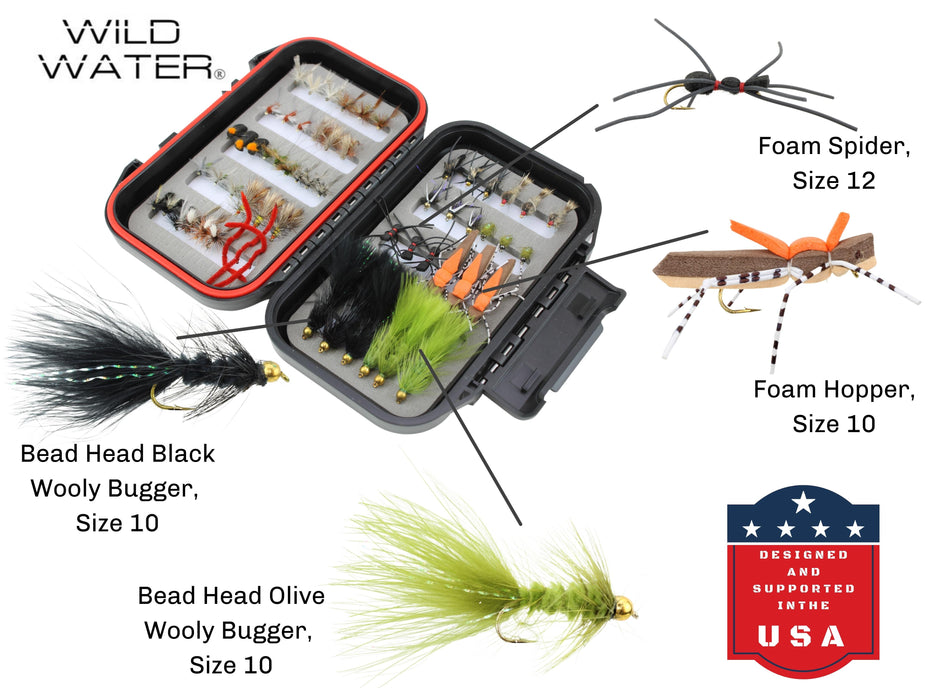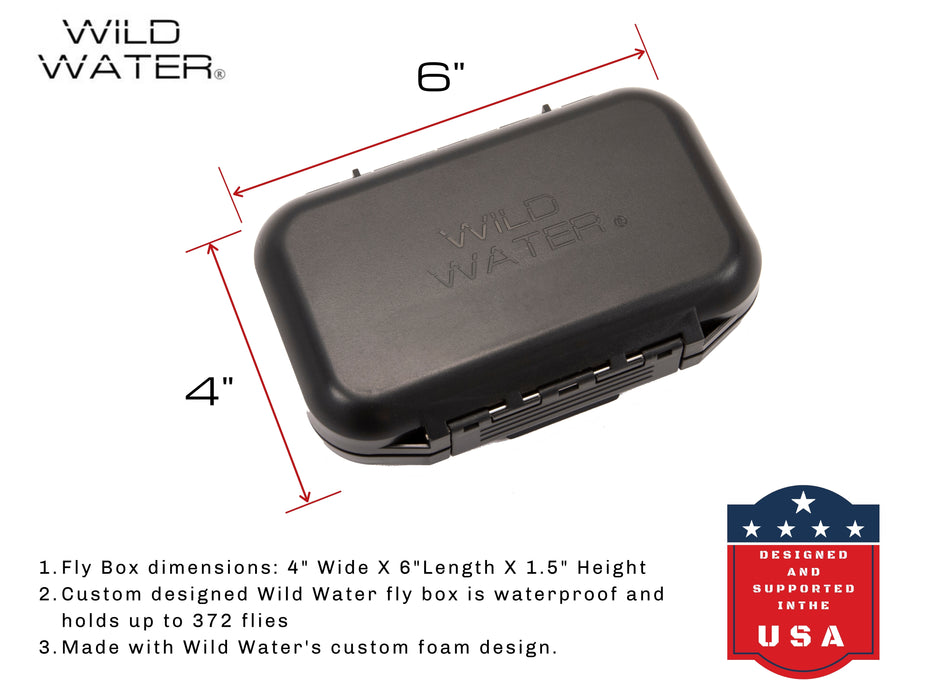Fly Fishing in Virginia - Fall, Saltwater
Fall is one of my favorite seasons to fish. The cool weather makes it more comfortable, and the fish are feeding throughout the day. This is also the time of year where Virginia gets a saltwater invasion.
Striped Bass, or as locals call them, Rockfish leave the ocean as they begin to make their way into the Chesapeake Bay. Eventually making their way into the Potomac River and into creeks where they spawn. Creating a fishing frenzy for anglers in Virginia and the surrounding states.
Chesapeake Bay
Known more for its Blue Crabs than anything else, the Chesapeake Bay is located between Virginia and Maryland. Several major rivers flow into the bay including the Potomac, York, James and Rappahannock. All of these are great freshwater fisheries as well with opportunities for largemouth, smallmouth, panfish and catfish.
The bay has great saltwater fishing. There is a large selection of fish available including Cobia, Spanish Mackerel, Redfish, and many different types of bottom fish.
The bay is unique in that you could fish brackish water in the morning and bring in largemouth bass and then run down river at mid-day and start catching flounder, striped bass or red drum. Then you could move further into the bay and begin catching large ocean fish like Cobia.
The bay can get cold in the fall so it’s important to dress appropriately. Normally though it will be in the 50’s and 40’s and can feel cooler depending on the wind.
Shore fishing in the bay is popular and you can catch many species targeting different types of structure. Redfish, speckled trout, and when in season you can catch striped bass as well. A boat is not necessary but is an added bonus as you can access parts of the bay
Fishing the Bay
I was on a beach trip with my family and had planned to take a morning fishing while we were there. It was quick drive from our rental and the clear skies on land quickly turned to fog as I neared the water. It was a cool morning, and the fog added a level or eeriness that I enjoyed.
I went out with a local guide service. I’ve yet to take the plunge into buying a saltwater setup since my beach trips each year only add up to two. Maybe soon though.
I will say that it’s nice using the guide’s gear. It’s usually a very good setup and can be fun to try new brands that I can then apply to my smallmouth/trout gear for back home.
We jetted into the bay and down the shoreline where we stopped and anchored off. We were 80 yards from shore. In between us and land was a hump or underwater island where stripers would hang out and ambush prey.
Armed with a seven weight, shooting head line, and a pink clouser fly I was instructed to double haul and cast as far as I could. Stripping back to the boat in the same manner I would for bass back home. Alternating retrieves and including pauses to induce strikes.
Seemed easy enough. What I wasn’t prepared for was the learning curve, albeit a quick one, on casting with shooting line. It was my first time and had no idea how fast it would fly through the guides. Several casts wound up in a jumbled mess. However, once I understood I needed more line off the reel it quickly became exhilarating to see how far my fly went.
The next week it made for a disappointing smallmouth trip when I couldn’t bomb a cast with ease on my weight forward line.
Throughout the morning I was able to pull ten stripers off the island with the pink clouser. Each around the same size. Nothing too big, but right in the sweet spot where my strip set felt like it was stuck in a log only to be reassured it was a fish on its first hard and fast run.
We had another rod that was rigged up with a popper just in case we see some fish feeding on top. Which I was told is always a possibility and can be good to have a few in your fly box when chasing striper.
The guide said most of the time clousers or some form of streamer are his go to fly. They create the most opportunities to get a fly in front of the face of a fish and can help you locate fish if you’re not using any sort of electronics. Making them ideal for shore fishing.
Larger stripers can be found in the bay with weights exceeding thirty pounds. These are usually caught on conventional tackle while trolling or using cut bait. However, some fly anglers have also brought in those larger fish.
